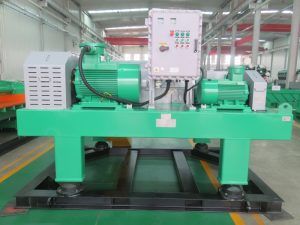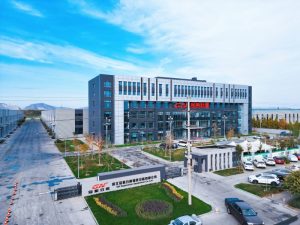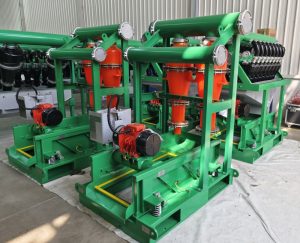GN automatic tank cleaning system is a set of automatic tank cleaning system designed and manufactured customized according to client’s requirement. It is a closed-loop system used for continuous cleaning of mud tanks, oil tanks, and chemical tanks.

This automatic tank cleaning system supplies clean water to the vertical pipeline pump installed next to the mud tank, and the industrial hose pump feed the sewage back to the tank cleaning system for purification. The clean water is supplied to the vertical pipeline pump for continued circulation, thereby minimizing water consumption and labor costs.
The processing capacity of this system is up to 30m3/h which can operate continuously. It consists of three parts: mud tank, walkway guardrail, manifold assembly. The inlet is equipped with GN made filter, which can effectively avoid the damage caused by large particle solids to the hose pump, thereby improving system stability and service life.
The working principal of GN automatic tank cleaning system is as below:
Firstly, the tank bottom mud is sucked by the pump through the filter by the industrial hose pump, then discharged into the inclined plate clarifier through the static mixer in the discharge manifold of the hose pump. Through the dosing pump, the chemicals are sent into the static mixer and fully mixed with the mud.
Secondly the mixed mud is settled in the inclined plate clarifier, the solid is extracted by the diaphragm pump and discharged into the skip; The liquid overflows into the mud tank from the outlet of the inclined plate clarifier, pumped out by the vertical high-pressure pump, and discharged into the automatic spraying device for cleaning. Then, it is sucked back into the purification system by the industrial hose pump for further processing.
If you need automatic tank cleaning system, pls contact with GN solids control.









